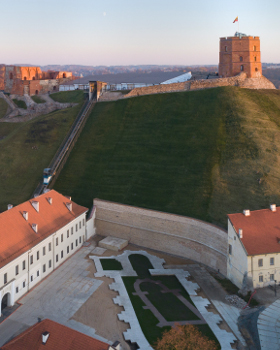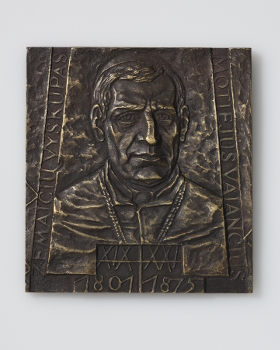Tools
The collection of craftsmen’s tools contains approximately 1,500 work tools of different function of craftsmen and peasants engaged in crafts. Work tools were most often made by craftsmen themselves. It determined the constructional variety of tools. The largest group consists of wood-processing tools, which were used by carpenters who built wooden houses, by joiners who furnished and decorated houses and made furniture, and by roofers who covered roofs. There are separate groups of coopers’ tools including instruments for making household utensils, clog-makers’ tools and reed-makers’ tools. In Lithuanian countryside the blacksmith’s craft was very important, and thus the collection contains some implements from the blacksmith’s workshop, iron-processing and horseshoeing tools. Among the blacksmith’s implements, bellows are the most interesting. There are razors, presses, awls, knives and other tools used by tanners, harness-makers, and shoemakers. The clay-processing group includes pot-making and glazing tools and implements for brick production. The collection also contains some personal tools that belonged to well-known masters: wood carver Augustinas Šilgalis (1893–?), joiner Kostantas Gabrėnas (1877–1953), blacksmith Juozapas Simonaitis (1891–1977) and others.
 Back
Back 













